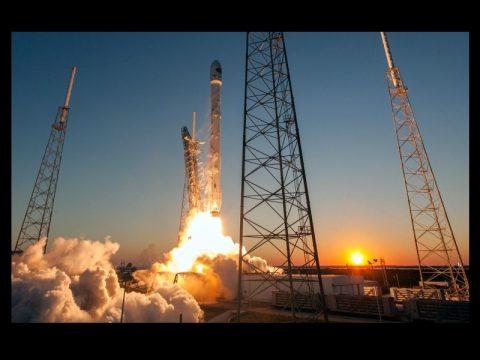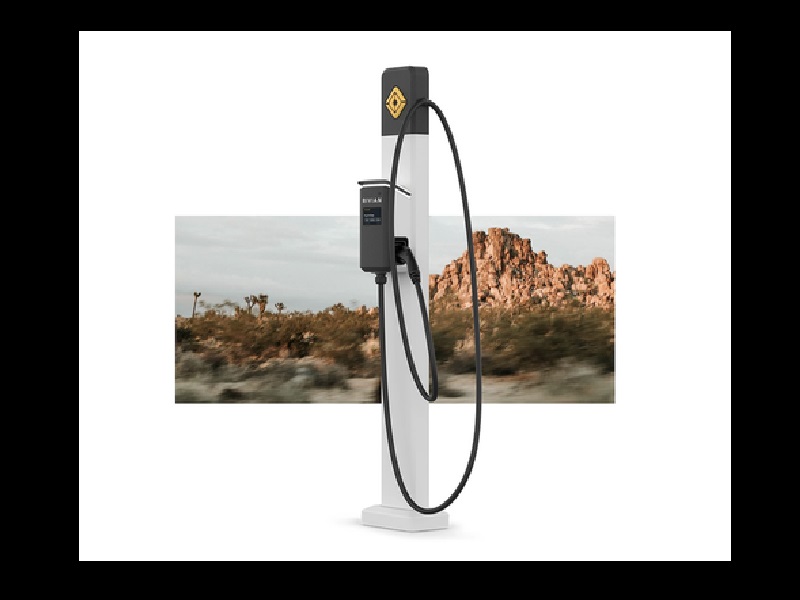SPACEX LAUNCHES SECOND SATELLITE IN JUST 14 DAYS
Under a clear sunset sky, a SpaceX Falcon 9 rocket streaked into space Monday, boosting a heavy Inmarsat communications satellite into orbit in the California rocket builder’s second flight in just two weeks, its sixth so far this year.
Thirty-two minutes after liftoff, the Inmarsat-5 F4 satellite, the fourth in a global constellation of high-speed Ka-band relay stations serving aircraft, ships at sea and other government and commercial users around the world was released into the planned highly elliptical orbit.
Over the next 90 days or so, the bus-size satellite’s on-board thrusters will be used to circularize the orbit 22,300 miles above the equator where the relay station will turn in lockstep with Earth and appear stationary in the sky. It is joining three virtually identical Boeing-built satellites in Inmarsat’s $1.6 billion Global Xpress constellation.
“It’s the first global seamless broadband service specifically designed for mobile applications,” Michele Franci, chief technology officer at Inmarsat, told Spaceflight Now. “That is the background of Inmarsat, mobile applications, so this constellation, and the entire network around it, has been designed to be optimized for mobile users.”
The mission got underway at 7:21 p.m. EDT (GMT-4) when the Falcon 9’s first-stage engines ignited with a rush of fiery exhaust. An instant later, the rocket was released from its firing stand and it smoothly climbed into the early evening sky atop a brilliant jet of flame from its nine Merlin 1D engines.
Arcing away to the east, the rocket climbed out of the thick lower atmosphere and two minutes and 45 seconds after launch, the first stage engines shut down, the stage fell away and the rocket’s second stage, powered by a single Merlin engine, continued the climb to space.
The Inmarsat-5 F4 satellite tipped the scales at 13,417 pounds, the heaviest satellite yet launched by SpaceX to a geosynchronous transfer orbit. As a result, the Falcon 9 used virtually all of its first-stage propellants lifting the payload out of the lower atmosphere and it was not possible to fly the booster back to a landing.
Of the six flights launched by SpaceX so far this year, four stages were successfully recovered, two on off-shore drone ships and two back at the Cape Canaveral Air Force Station. Monday’s flight was the second this year in which a landing was ruled out by the weight and orbital requirements of the satellite payload.





